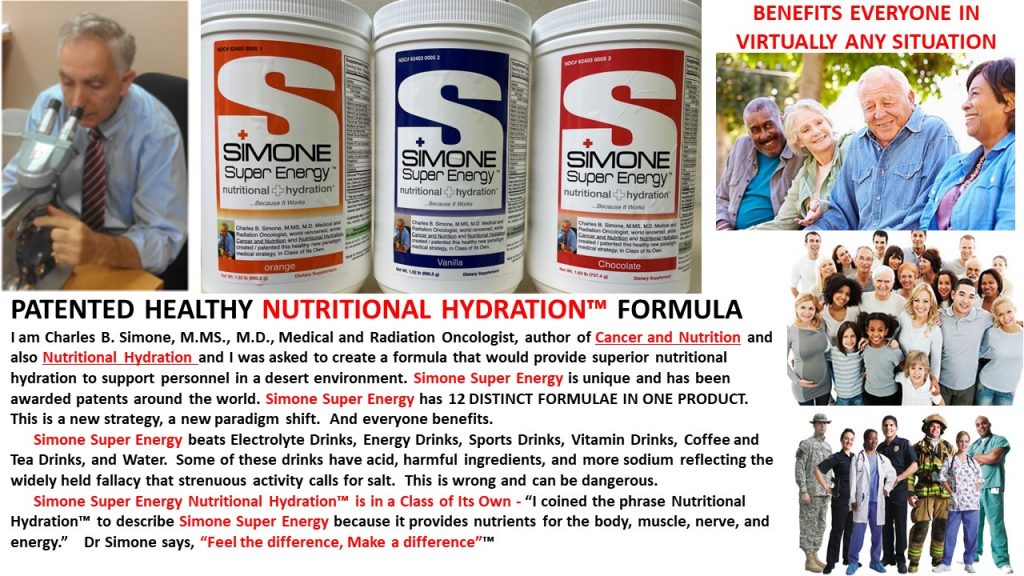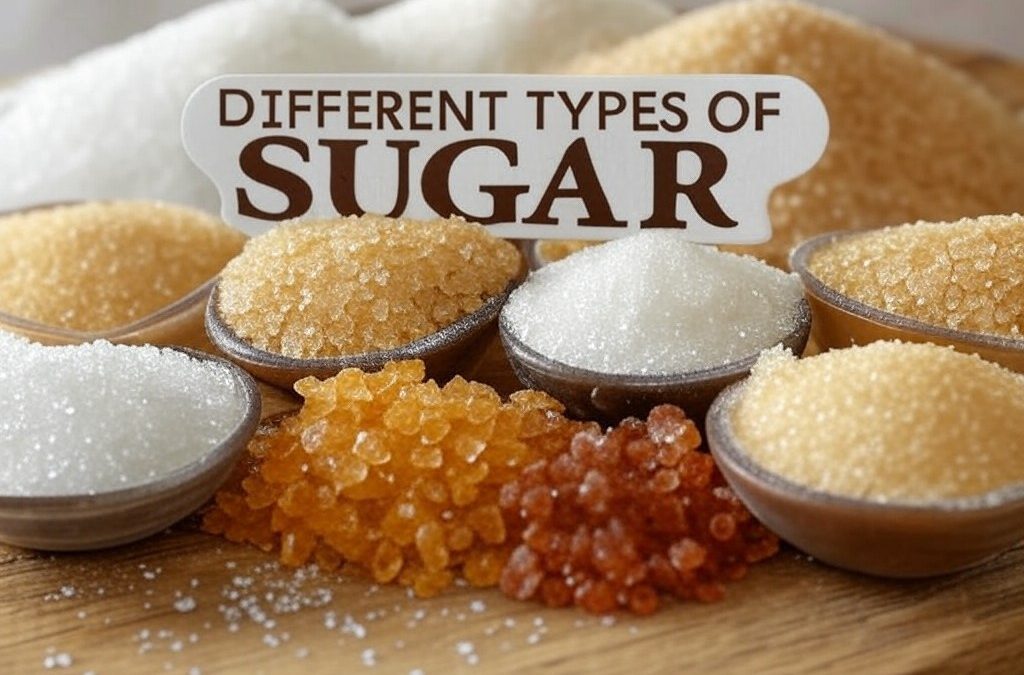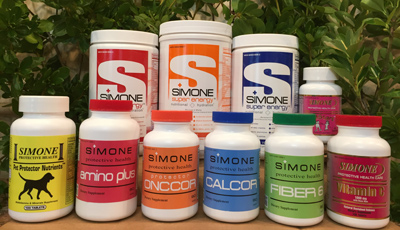We do not diagnose disease or recommend a dietary supplement for the treatment of disease. You should share this information with your physician who can determine what nutrition, disease and injury treatment regimen is best for you. You can search this site or the web for topics of interest that I may have written (use Dr Simone and topic).
“We provide truthful information without emotion or influence from the medical establishment, pharmaceutical industry, national organizations, special interest groups or government agencies.” Charles B Simone, M.MS., M.D.
ARE ALL SUGARS HARMFUL?
Lawrenceville, NJ (Dr. Simone) – Are all sugars harmful? The answer is No. There are scores and scores of different types of sugars each having different properties, metabolic pathways, and functions. The most familiar to you might be glucose, sucrose (table sugar), lactose (in milk), and fructose (fruits and corn). But some people in the media, some scientists, and the FDA for food labeling purposes lump them all together and use the word sugar inappropriately.
SUCROSE is composed of 50% glucose and 50% fructose. Sucrose is the sugar that is commonly added to foods for sweetness in biscuits, cookies, cakes, pies, candy, ice cream, sorbets, and beverages. It is a common ingredient in many processed and so-called “junk foods.” Sucrose is broken down and provokes a rapid rise in blood glucose that increases the risk for obesity, cardiovascular disease, cancer, metabolic diseases, renal complications, vision deterioration, and tooth decay. Some cancers have insulin receptors that allow glucose to attach and feed the cancer.
HIGH-FRUCTOSE Corn Syrup is a misleading term allowed to be used in the US that represents a combination of glucose and fructose, just like sucrose. In this instance glucose is added to fructose to make this combination sweeter. In Great Britain and Canada, it must be called what it is: glucose-fructose.
FRUCTOSE is the sweetest of all sugars and is found in many plants like fruit and corn. Fructose is absorbed directly into the bloodstream during digestion, then into the liver and not regulated by insulin at all.
The GLYCEMIC INDEX measures how a particular sugar in a food will raise or lower the blood glucose level. Glucose, the sugar to which all other sugars are compared, is defined as having a glycemic index of 100 and all other sugars have a lower glycemic index. Foods that are digested quickly and release glucose rapidly into the bloodstream have a high glycemic index.
LOW GLYCEMIC INDEX FOODS: Fruits, vegetables, legumes, nuts, fructose (glycemic index is only 11), kidney beans, chick peas, converted white rice, Basmati rice. I chose fructose as the sweetener for Simone Super Energy because it has a very low glycemic index and is not regulated by insulin.
MODERATE GLYCEMIC INDEX FOODS: Whole wheat products, basmati rice, sweet potato, sucrose, baked potato.
HIGH GLYCEMIC INDEX FOODS: White Bread, White rice, corn flakes, glucose, maltose, and extruded foods like pastas, many breakfast cereals, Fig Newtons, premade cookie dough, some french fries, certain baby foods, ready-to-eat snacks, Murukku, Sevai, Idiappam, and jalebi. In the extrusion process, raw materials are first ground to the correct particle size, then mixed with sugar or fat or dye, or meat etc.
It has a low Glycemic Index

(c) 2017 Charles B Simone, M.MS., M.D.




